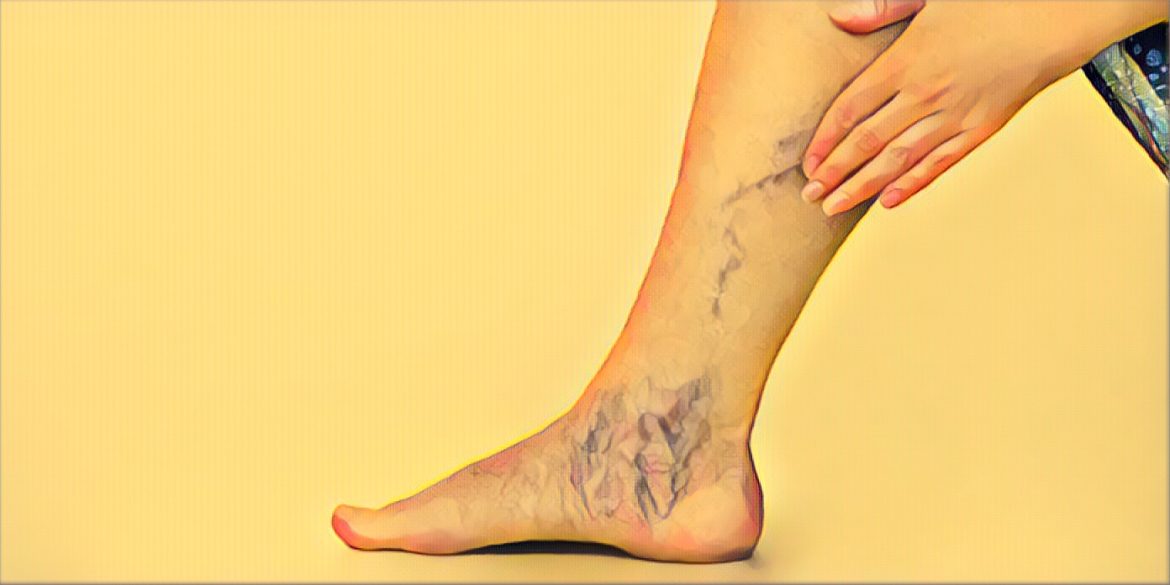Varicose veins, often overshadowed by other health conditions, demand our attention due to their prevalence and impact on everyday life. This guide aims to demystify varicose veins, offering vital information about their causes, symptoms, and available treatments, thereby enhancing public awareness and understanding.
Predominantly found on the legs and feet, varicose veins are gnarled, enlarged, and benign. They can also appear in other parts of the body, such as the oesophagus, uterus, vagina, pelvis, rectum, and scrotum, where they are termed varicocele. Visibly twisted and bulging above the skin, these veins may be blue, red, or flesh-coloured.
Diagnosing varicose veins is straightforward, as they are self-identifiable, eliminating the need for lab tests or imaging. Once developed, it can be a lifelong condition. The underlying cause of varicose veins is malfunctioning valves within the veins. This leads to blood pooling and vein swelling. Risk factors include pregnancy, obesity, aging, gender, heredity, and prolonged standing.
According to a report by the Daily Graphic, Caucasians are reportedly more prone to developing varicose veins than Africans, with women being more susceptible, possibly due to the impact of female hormones on vein walls. Symptoms vary from cosmetic concerns to aching pains, and in some cases, they signal underlying circulatory problems. Other symptoms include swollen blood vessels, skin discoloration, bruises, heavy legs, and itching. Early stages may present with leg burning, swollen ankles, and muscle cramps.
While there is no cure for varicose veins, treatments like sclerotherapy and vein ablation exist to diminish their appearance. Lifestyle adjustments such as regular exercise, leg elevation, and avoiding prolonged hot baths can improve circulation and relieve discomfort. Varicose veins linked to pregnancy often resolve post-delivery.
Concluding, varicose veins, while not life-threatening, can significantly impact physical appearance and comfort. Education and understanding of varicose veins are essential for effective management and navigating their implications.




